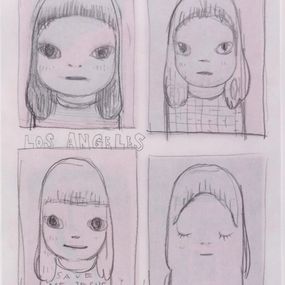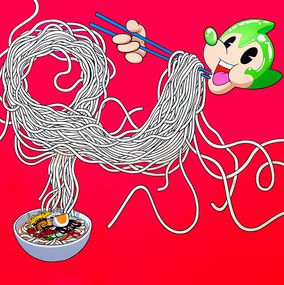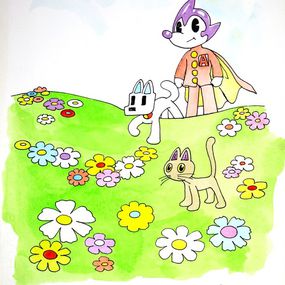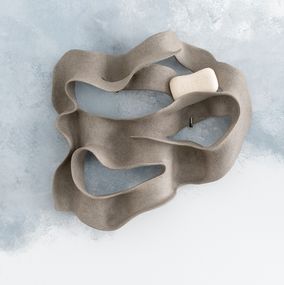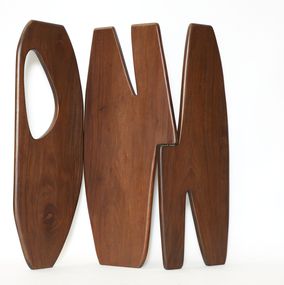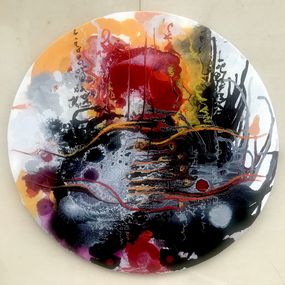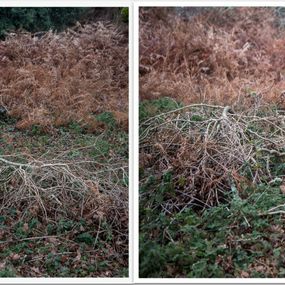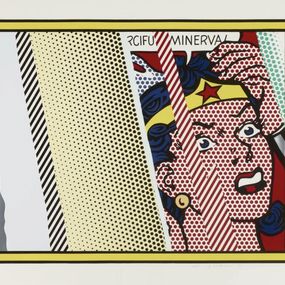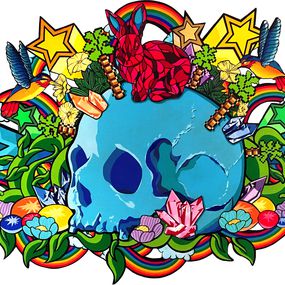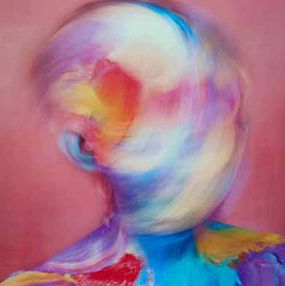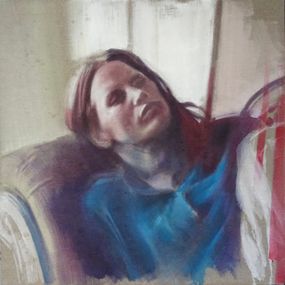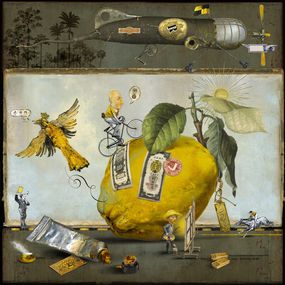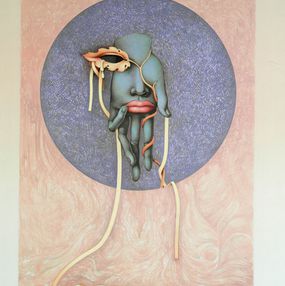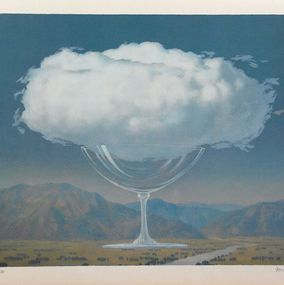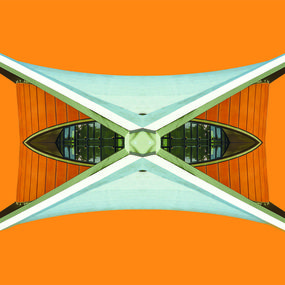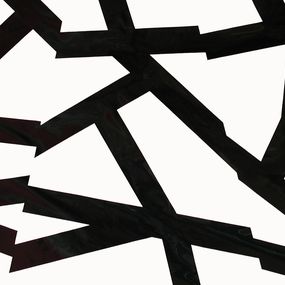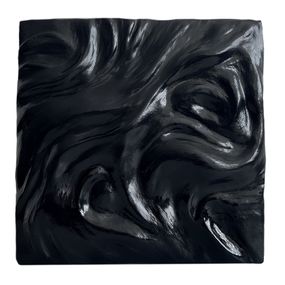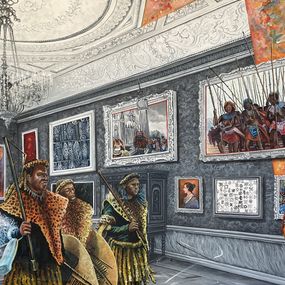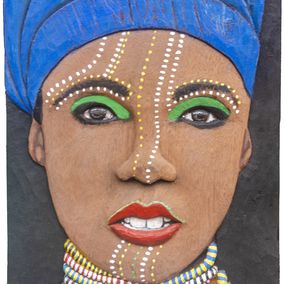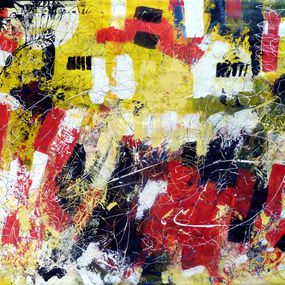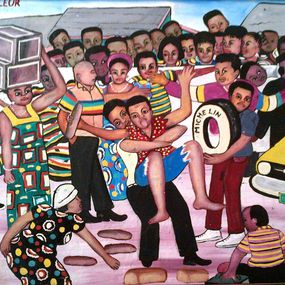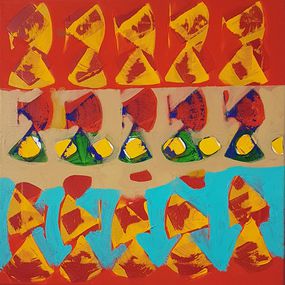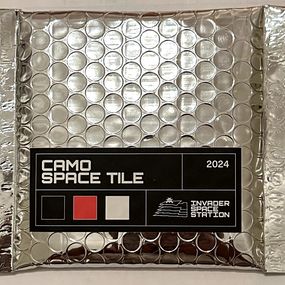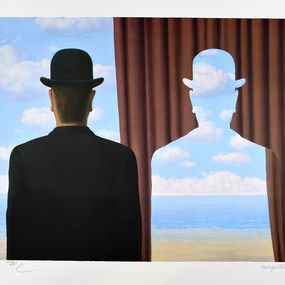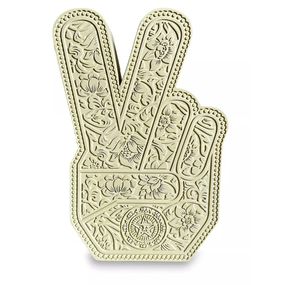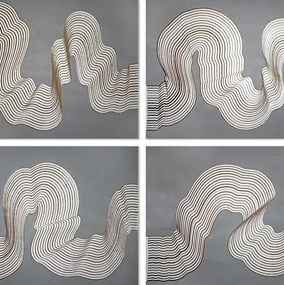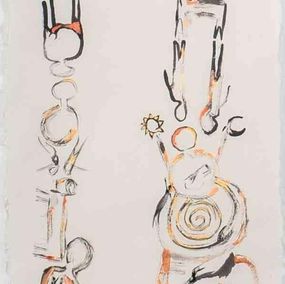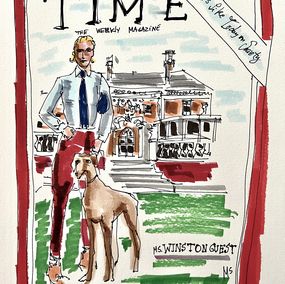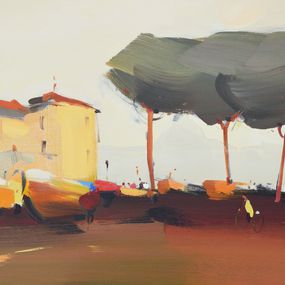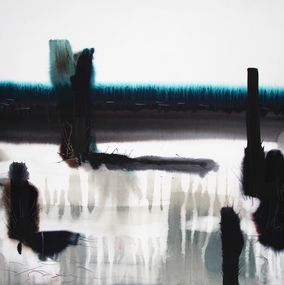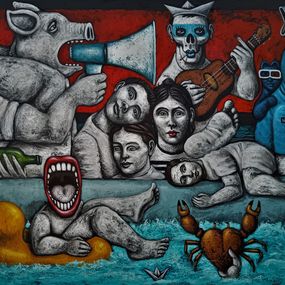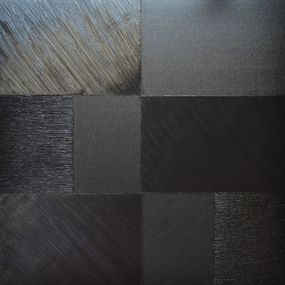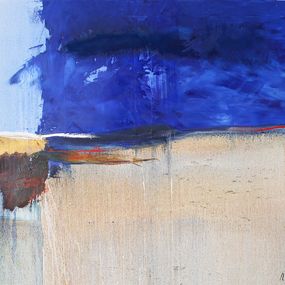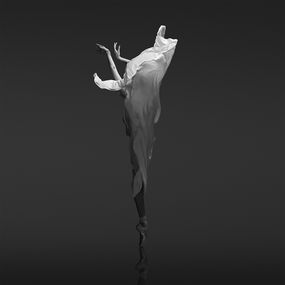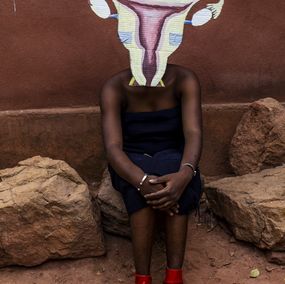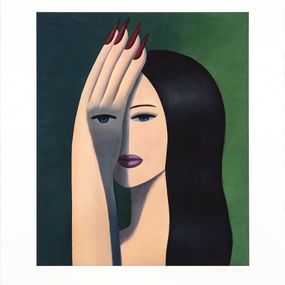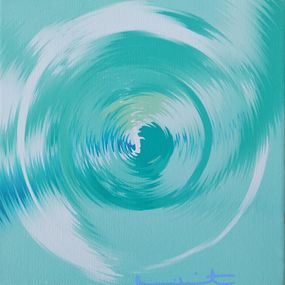
Beautiful Self-Constitutive Vortex
Damien Hirst
Print - 23 x 23 x 2 cm Print - 9.1 x 9.1 x 0.8 inch
$3,663
Neo-Conceptualism refers to art produced during the 1980s and 1990s, which followed the conceptual art produced during the previous two decades. This term does not refer to one coherent group of artists or style, but rather encompasses various groups of the period. These groups include the Young British Artists, such as Sarah Lucas and Damien Hirst, American artists such as Sherrie Levine, Cindy Sherman and Barbara Kruger, and the Moscow Conceptualists. Some of the main characteristics of Neo-Conceptualist artists' work are social and political critique, anti-capitalism, and the anti-commodification of art, often approached using the techniques of appropriation and imitation. For example, many female artists associated with Neo-Conceptualism appropriated elements of visual culture in order to critique both society and the male-dominated art world.
Many Neo-Conceptualist artists that were important figures of the movement during the 80s and 90s are still active today, and their work has gone on to inspire new generations of artists. Appropriation, pastiche, installation, the use of everyday objects and digital technology are all elements still largely present in the world of contemporary art. At Artsper, we have curated a selection of artists influenced by Neo-Conceptualism. Join us today and discover contemporary artists from Tracey Emin to Philippe Huart!

Print - 23 x 23 x 2 cm Print - 9.1 x 9.1 x 0.8 inch
$3,663

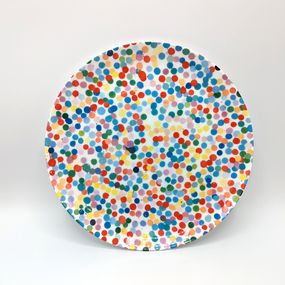
Design - 20 x 20 x 1.5 cm Design - 7.9 x 7.9 x 0.6 inch
$555
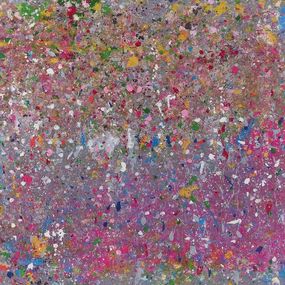
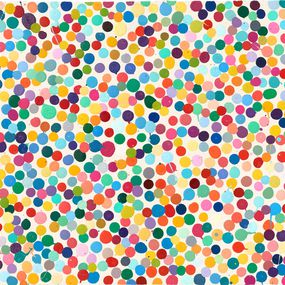
Painting - 21.5 x 30 cm Painting - 8.5 x 11.8 inch
$20,534


Painting - 20 x 30 cm Painting - 7.9 x 11.8 inch
$58,828

Painting - 23 x 23 x 2.5 cm Painting - 9.1 x 9.1 x 1 inch
$5,550 $4,995


Print - 8 x 9 x 6 cm Print - 3.1 x 3.5 x 2.4 inch
$222




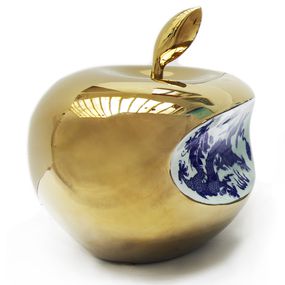
Sculpture - 28 x 28 x 28 cm Sculpture - 11 x 11 x 11 inch
$2,775

Sculpture - 22.5 x 28 x 16.3 cm Sculpture - 8.9 x 11 x 6.4 inch
$2,220

Photography - 45 x 58 x 1 cm Photography - 17.7 x 22.8 x 0.4 inch
$1,887

Print - 10 x 15 x 1 cm Print - 3.9 x 5.9 x 0.4 inch
$17

Photography - 40 x 50 x 1 cm Photography - 15.7 x 19.7 x 0.4 inch
$2,220
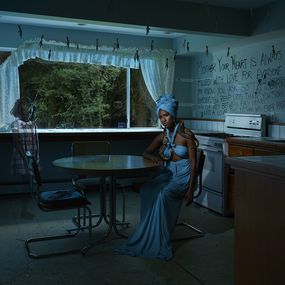
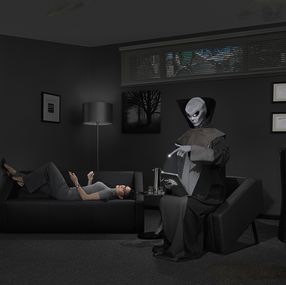
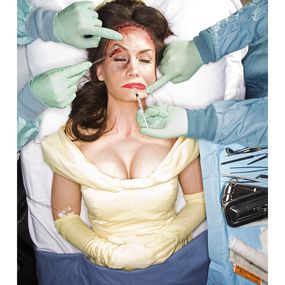

Photography - 45 x 58 x 1 cm Photography - 17.7 x 22.8 x 0.4 inch
$1,665

Photography - 62.5 x 113 x 1 cm Photography - 24.6 x 44.5 x 0.4 inch
$8,325
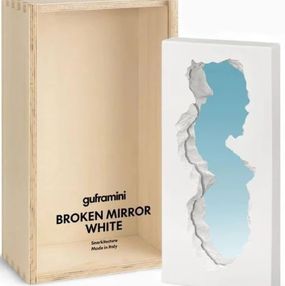

Print - 70 x 50 x 0.1 cm Print - 27.6 x 19.7 x 0 inch
$777
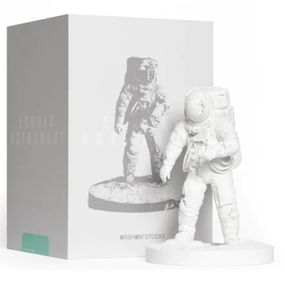
Sculpture - 30.5 x 21.6 x 21.6 cm Sculpture - 12 x 8.5 x 8.5 inch
$5,439
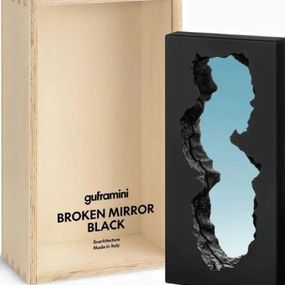
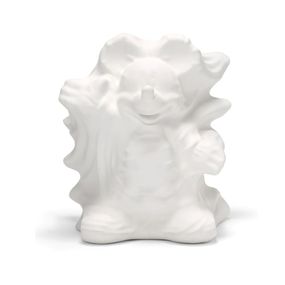


Sculpture - 17.7 x 13.97 x 11.43 cm Sculpture - 7 x 5.5 x 4.5 inch
$3,546

Sculpture - 10.2 x 101.6 x 27.9 cm Sculpture - 4 x 40 x 11 inch
$3,330
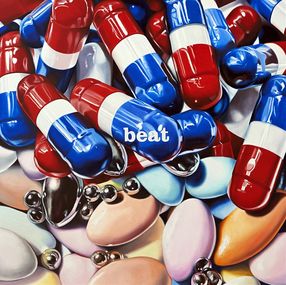

Sculpture - 58 x 41 x 35 cm Sculpture - 22.8 x 16.1 x 13.8 inch
$1,332


Fine Art Drawings - 24 x 30 x 0.2 cm Fine Art Drawings - 9.4 x 11.8 x 0.1 inch
$1,665

Painting - 80 x 80 x 2 cm Painting - 31.5 x 31.5 x 0.8 inch
$6,105
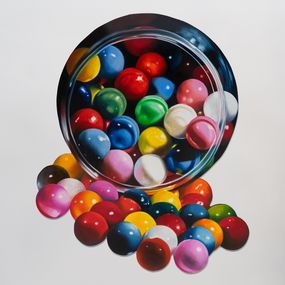

Painting - 100 x 100 x 2.5 cm Painting - 39.4 x 39.4 x 1 inch
$8,880
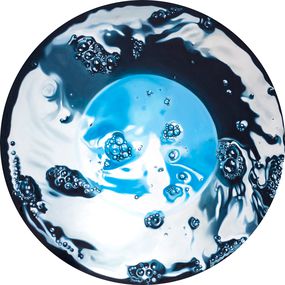
Painting - 100 x 100 x 2.5 cm Painting - 39.4 x 39.4 x 1 inch
$8,880

Design - 106.7 x 175.3 x 0.5 cm Design - 42 x 69 x 0.2 inch
$795 $597
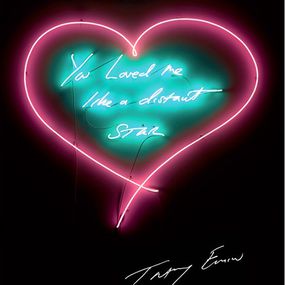

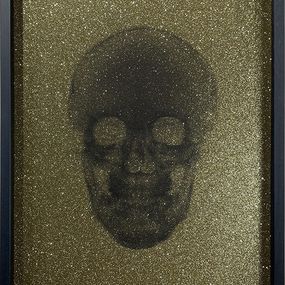
Photography - 80 x 60 x 4 cm Photography - 31.5 x 23.6 x 1.6 inch
$16,650

Photography - 80 x 60 x 4 cm Photography - 31.5 x 23.6 x 1.6 inch
$16,650

Photography - 60 x 166 x 2 cm Photography - 23.6 x 65.4 x 0.8 inch
$24,419
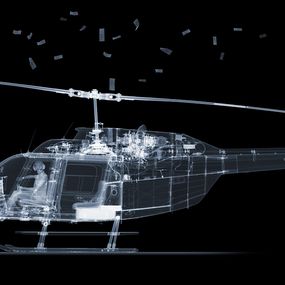
Photography - 61.5 x 140 x 2 cm Photography - 24.2 x 55.1 x 0.8 inch
$13,320
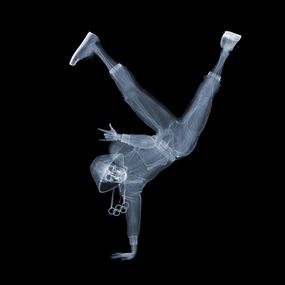
Photography - 84 x 84 x 1 cm Photography - 33.1 x 33.1 x 0.4 inch
$12,210
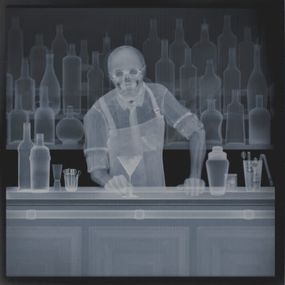
Photography - 84 x 84 x 1 cm Photography - 33.1 x 33.1 x 0.4 inch
$18,869
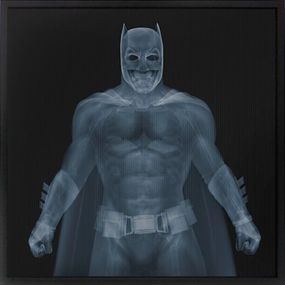
Photography - 84 x 84 x 1 cm Photography - 33.1 x 33.1 x 0.4 inch
$18,869
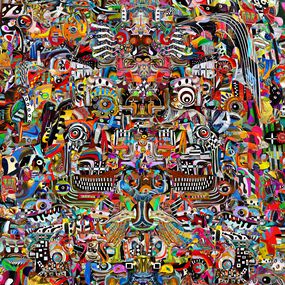

Painting - 150 x 150 x 4 cm Painting - 59.1 x 59.1 x 1.6 inch
$9,601
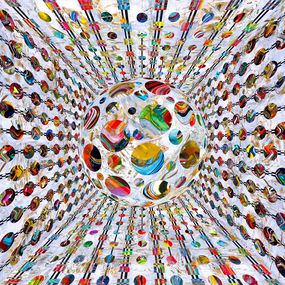
Photography - 110 x 110 x 0.2 cm Photography - 43.3 x 43.3 x 0.1 inch
$1,887

Photography - 110 x 110 x 0.1 cm Photography - 43.3 x 43.3 x 0 inch
$1,887
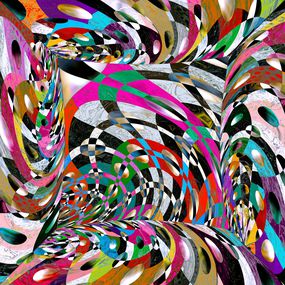
Photography - 110 x 110 x 0.1 cm Photography - 43.3 x 43.3 x 0 inch
$1,887
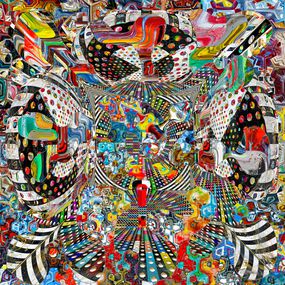
Photography - 110 x 110 x 0.1 cm Photography - 43.3 x 43.3 x 0 inch
$1,887

Photography - 150 x 200 x 4 cm Photography - 59.1 x 78.7 x 1.6 inch
$17,981


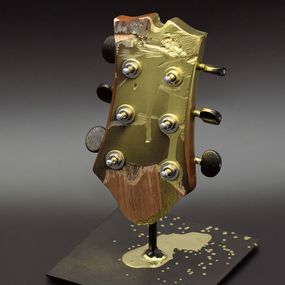
Photography - 121.9 x 81.3 x 0.3 cm Photography - 48 x 32 x 0.1 inch
$5,000

Photography - 121.9 x 81.3 x 0.3 cm Photography - 48 x 32 x 0.1 inch
$5,000



Photography - 81.3 x 121.9 x 0.3 cm Photography - 32 x 48 x 0.1 inch
$5,000
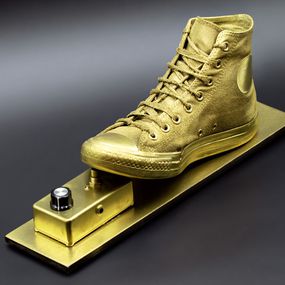
Photography - 81.3 x 121.9 x 0.3 cm Photography - 32 x 48 x 0.1 inch
$5,000
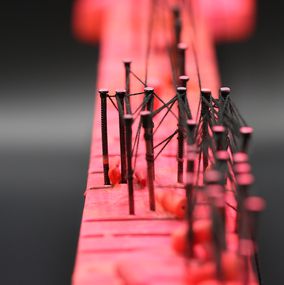
Photography - 81.3 x 121.9 x 0.3 cm Photography - 32 x 48 x 0.1 inch
$5,000



